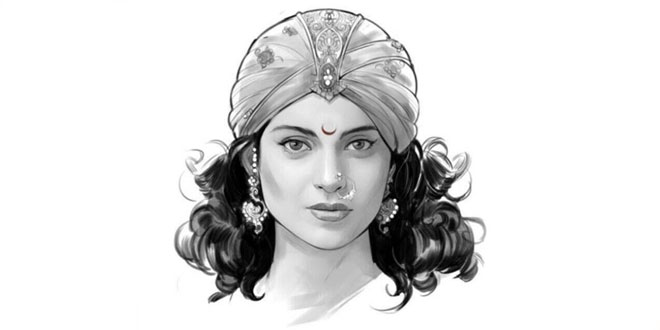Question: What reforms did the British introduce in the Indian society? How did the people of India respond to them?
Answer: The British introduced several reforms:
- They passed laws to stop the practice of sati and to encourage the remarriage of widows.
- They promoted English language education.
- In 1850, the Company passed a new law that made the conversion to Christianity easier. Many Indians began to feel that the British were destroying their religion, their social customs and their traditional way of life. But at the same time there were other Indians who readily accepted the reforms introduced by the British. In fact, they wanted to change existing social practices.
Question: Why did the chiefs and rulers support the Mughal emperor Bahadur Shah Zafar in the revolt?
Answer: The Mughal dynasty had ruled over a large part of the country. Most smaller rulers and chieftains controlled different territories on behalf of the Mughal ruler. Threatened by the expansion of British rule, many of them felt that if the Mughal emperor could rule again, they too would be able to rule their own territories once more, under the Mughal authority.
Question: How did the British try to win back the loyalty of the people after they recaptured Delhi?
Answer:
- The British announced rewards for loyal landholders by allowing them to continue to enjoy traditional rights over their lands.
- Those who had rebelled were told that if they submitted to the British and if they had not killed any white people, they would remain safe and their rights and claims to land would not be denied.
Question: How did other Indian soldiers in Meerut participate in the Revolt of 1857? How did the regiments stationed in Delhi respond when they came to know about the arrival of the Meerut sepoys in the city?
Answer: The other Indian soldiers in Meerut participated in the uprising wholeheartedly. On 10 May, 1857 they marched to the jail in Meerut and released the sepoys who were sentenced to ten years’ jail for disobeying their officers. They attacked and killed British officers. They captured guns and ammunition and set fire to the buildings and properties of the British and declared war on the firangis. The soldiers were determined to bring an end to the British rule in the country.
The sepoys of Meerut rushed to Delhi in the early hours on 11 May. As news of their arrival spread, the regiments stationed in Delhi also rose up in rebellion. Again British officers were killed, arms and ammunition were seized, buildings were set on fire. Triumphant soldiers gathered around the walls of the Red Fort where the Mughal emperor Bahadur Shah Zafar lived, demanding to meet him. The emperor was not willing to challenge the mighty British power but the soldiers persisted. They forced their way into the palace and proclaimed Bahadur Shah Zafar as their leaders. The emperor finally accepted this demand. After getting the leader, the soldiers began to plan for further action.
 Class Notes NCERT Solutions for CBSE Students
Class Notes NCERT Solutions for CBSE Students


